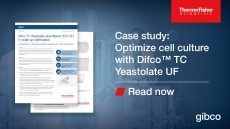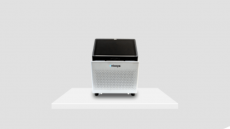New technique creates 'nearly pure drug' for injection

The technique, developed by University at Buffalo researchers, removes potentially harmful additives, such as surfactants, from common injectable drugs.
According to the researchers, the approach could reduce the incidence of serious allergic reactions and other side effects related to drugs that are administered with a needle.
“Currently, biocompatible surfactants such as Cremophor-EL or TWEEN-80 are arguably the go-to formulation vehicles for solubilizing new injectable hydrophobic drugs. But these alter drug behavior in vivo in addition to possibly inducing adverse side effects,” Jonathan Lovell, PhD, Assistant Professor of Biomedical Engineering at the University at Buffalo, told us.
“We believe adoption of the surfactant-stripping process is not only simple and safe, but it also facilitates analysis of observed drug efficacy since the nearly pure drug itself can be administered without potentially confounding factors,” he added.
The technique developed by Lovell and his colleagues was created by dissolving drugs into a surfactant called Pluronic. Then, the solution's temperature was lowered to 4 degrees Celsius and the excess Pluronic was removed via a membrane.
“Because the surfactant-stripping process works for a wide variety of hydrophobic drugs, we need to prioritize where there is a biggest unmet clinical need for an improved drug formulation with minimal surfactant,” said Lovell, who added that the researchers have several targets in mind.
According to Lovell, the findings are significant as they show that many injectable drug formulations could be improved through a process that is easy-to-adopt. The researchers are planning future experiments to further refine the method.
“The process is already quite scalable and we have done liter-scale batches in the lab,” he explained, “but we do need to fine-tune the parameters of the surfactant-stripping process and also assess long-term formulation stability.”
To read "Therapeutic surfactant-stripped frozen micelles," visit http://nature.com/articles/doi:10.1038/ncomms11649.


















